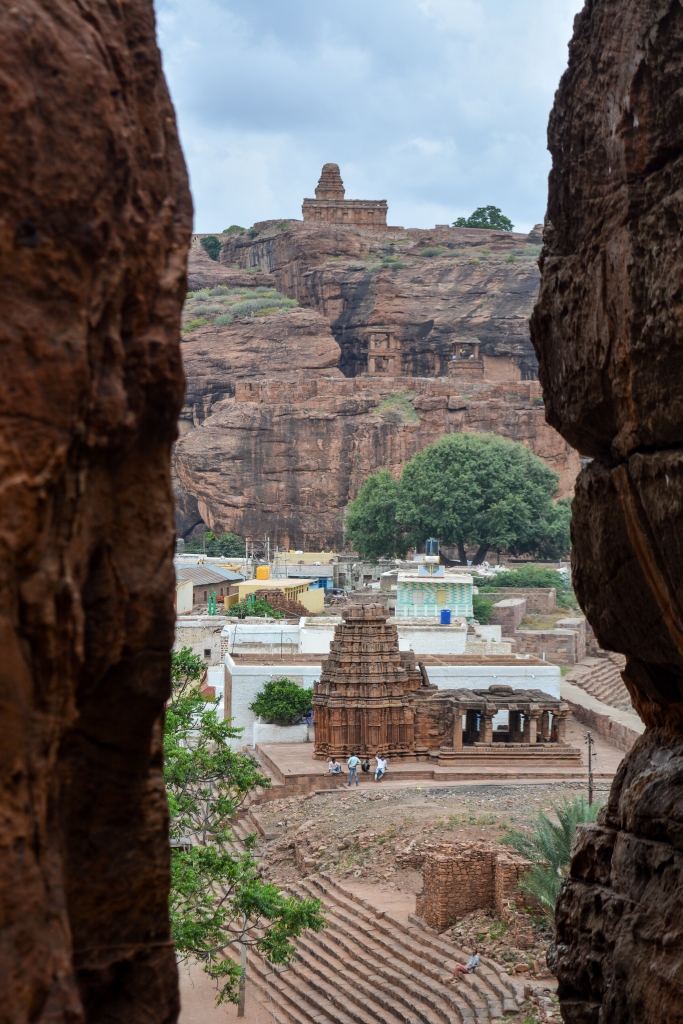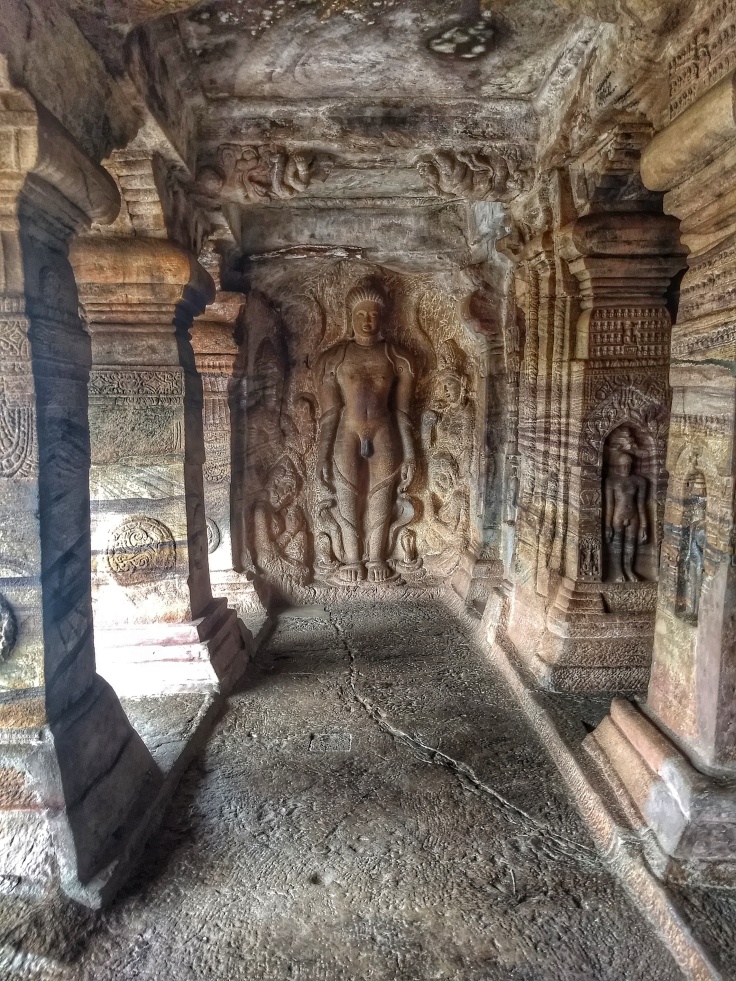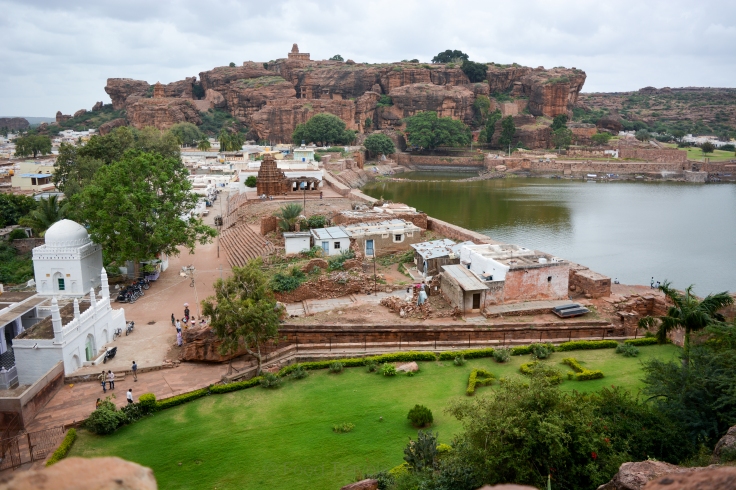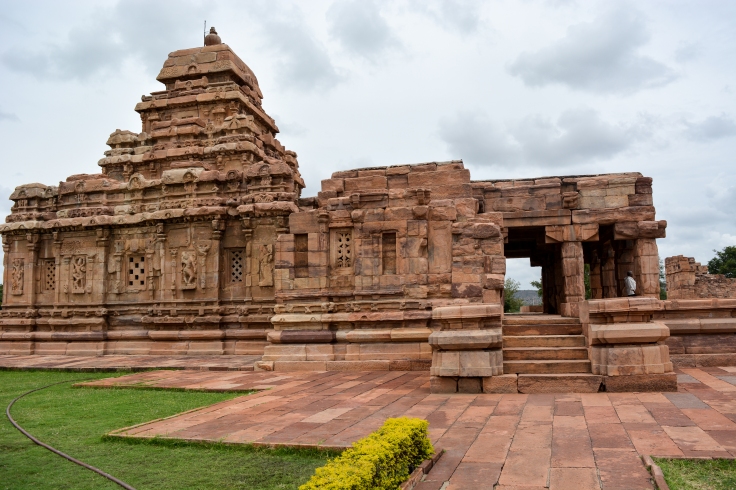Varanasi/Banaras has more than thousands of big and small temples and that’s the reason this city is also known as “City of temples”. The city is located on the banks of two tributaries of Ganges, Varuna, and Assi, which merge here.
We have already shared 9 things to do in Banaras
Varanasi is the city of Lord Shiva, as Lord Shiva is considered the ruler of the city from the beginning of the time. That’s the reason you will find there are a lot of Shiva temples in every corner of Varanasi.
Here is the list of must-visit temples in Varanasi
1. Kashi Vishwanath Temple:

Kashi Vishwanath temple is dedicated to Lord Shiva, who is worshipped here in the form of linga and is built 250 years ago. It is one of the most prominent Hindu temples and one of the 12 Jyotirlingas in India. Lord Shiva is represented as a fiery column of light in Jyotirlinga temples and hence no idol is worshipped. Kashi Vishwanath temple is believed to be here since ancient time and has been mentioned in Puranas too. The temple was destroyed and rebuilt several times. Aurangzeb last destroyed it in 1669 and constructed the Gyanvapi Mosque at its place, later the temple was constructed adjacent to the mosque. Over the years different structures were built around the temple. The most prominent of them are low-roofed colonnade with over 40 pillars in the Gyan Vapi precinct and a 7 feet tall statue of Nandi bull gifted by the king of Nepal.
The 3 domes of the temple are covered with gold and that’s why people call it Golden temple of Kashi. Later on, many other temples were built around Kashi Vishwanath temple in the Lane, which leads to the Ghat.
Kashi Vishwanath temple opens at 03.00 AM in the morning remain open till 11.00 PM but it is closed in between for special aartis and rituals. These aartis and rituals can be booked online.
Best time to visit this temple is early morning like 4:00am or 5:00 am; otherwise, you will have to wait in a queue for the darshan for approx. 2-3 hours.
Kashi Vishwanath temple darshan tickets and aarti timing:
Mangala Aarti – 03.00 – 04.00 AM Booking cost: 350 INR
Bhog Aarti -11.15 AM to 12.20 PM Booking cost: 180 INR
Sandhya Aarti – 07.00 PM to 08.15 PM Booking cost: 180 INR
Shringar Aarti – 09.00 to 10.15 PM Booking cost: 180 INR
Shayan Aarti – 10.30 to 11.00 PM
Note: Due to tight security mobile phones, camera, belts with metal buckle, leather belts & bags, cigarettes, lighters are not allowed inside the temple.
You are allowed to carry offerings like water, milk, flowers, leaves, fruits or sweets inside the temple but a security check is done on these and only small portions are allowed.
Other must-visit temples are situated in and around BHU campus.
To visit BHU temple and others you can hire an auto. You will find autos with a package of 4 hours with the cost of 400 rs to 500 rs on the way from Dashashmedh ghat to Assi ghat. That auto driver will take you around all the temples including BHU – Vishwanath Mandir and at the end of the drive he can also take you to the factory outlet for Banaras saree in case you are interested.
2. New Vishwanath Mandir

This temple is located inside the BHU campus. It’s huge and surrounded by clean gardens. It is also known as Birla temple.
There are nine temples in the BHU campus of Shiva Lingam, Nataraj ji, Mata Parvati ji, Ganesh ji, Panchmukhi Mahadev, Hanuman ji, Mata Saraswati ji, and Nandi ji.
Birla Temple/New Vishwanath temple is devoted to Lord Shiva and it is the exact copy of the original Vishwanath temple. The centre of the temple has a Siva lingam and the walls of the temple have Hindu scriptures written. Birla Temple is made up of the marble and it opens all days a week from 4 am to 12 pm and 1 pm to 9 pm.
Aarti timings are 4 am, 4.45 am, 10.30 am, 11.45 am, 12 pm, 1 pm, 6.45 pm, 7.30 pm, 8 pm and 8.45 pm. Every Monday, Rudrabhishek is performed from 7 am to 8 am.
It’s peaceful and clean and not too crowded. Also unlike other temples here, one can carry their mobiles and bags here.
Note: – Do not miss to have cold coffee at “Om cafe”, it’s a cafe just outside of the temple.
3. Baba Kaal Bhairav Mandir:

Baba Kaal Bhairav temple is 1.5 Km from famous Kashi Vishwanath temple. It is situated in a narrow lane. This temple is dedicated to the fierce form of Lord Shiva. It is believed that a visit to Varanasi is incomplete without visiting this temple. Kaal bhairav believed to remove the sins of his disciples and protect them from all problems. Bags with camera and mobiles are allowed inside the temple here.
4. Sankat Mochan Hanuman Temple:

Tulsidas Ji, the author of Ramcharitmanas established the temple of Hanuman Ji in the 14th century at this place and named it Sankat Mochan Hanuman temple.
The statue of Hanuman Ji is placed in a small open shaped sanctum. The idol of Hanuman Ji is covered with Kesari Sindoor and it is facing the idol of Lord Rama.
Beware from monkeys, although they don’t snatch the food packets from devotees there. The temple remains crowded on Tuesday and Saturday. Camera and mobile phones are not allowed inside the temple due to security, after the terrorist attack.
5. Tridev Temple
This is at 450 meters distance from Sankat Mochan Hanuman temple. As the name sounded this temple is dedicated to three gods Tridev (Brahma, Vishnu and Mahesh). This temple does not have any historical records but Temple is beautiful and very interesting in design.
6. Shri Durga Temple:
Shri Durga temple is at a 750-meter distance from Sankat Mochan Hanuman temple. This is another very famous temple in Varanasi. It is believed that the idol of goddess Durga appeared itself here. It is also known that there was a temple at this place, which was demolished during Aurangzeb’s attack. A Bengali queen built the current temple in the 18th century. Temple is situated adjacent to a pond, which is known as Durga kund and painted in vibrant red color.
7. Shri Satya Narayan Tulsi Manas Mandir

This place is believed to be where Tulsidas has composed and sang Sri Ramacharita manas. Which is one of the holiest scripture in Hinduism. The temple is very beautifully made with marble and couplets of Ramacharitmanas are engraved on the walls of the temple.
8. Bharat Mata Mandir


Completed in 1936, it was created when we were undivided. Instead of idols, there is a huge map carved out of marble with very precise details of elevation of all the lands of what now we know as Pakistan, India and Bangladesh. This map depicts rivers, mountains, and oceans up to the scale.
Although it is in bad shape with almost no maintenance and fewer visitors, we found this place very interesting from the historical perspective. It is less than 2 km from Railway station and worth visiting.
9. Nepali Temple

This temple is located on Lalita Ghat of Ganga river. The temple is made of terracotta, stone, and wood. King of Nepal had constructed it at the beginning of 19th Century. The temple architecture is similar to temple structures found in Bhaktapur and Patan in Nepal. The temple is also dedicated to Lord Shiva and also known as Pashupatinath Mahadev Mandir Varanasi. Local Varanasi people also call this temple Kanthwala temple because wood is one of the main material used in the temple.
10. Ratneshwar Mahadev Temple:

This temple is situated at Manikarnika Ghat. The Inner sanctum of this temple remains submerged in water throughout the year except for few summer months. It is situated in the bank of Ganga and there are several interesting stories associated with the submersion of this temple.


























